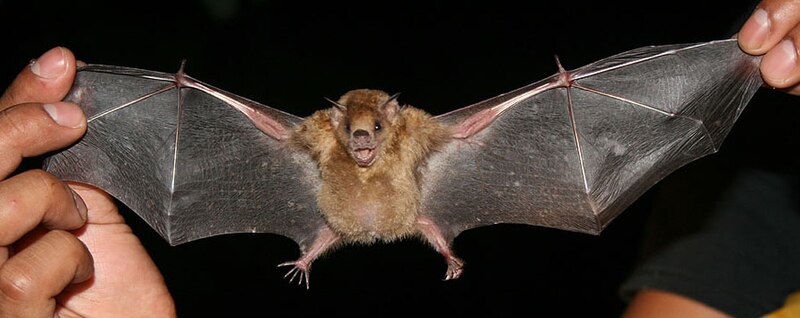
Did we say genes do nothing? Naw, we never said that. Genes do something. One thing they do is knock the guts out of free form taxonomy. See, for example, this item at Popsci.com, when a specialist at the Field Museum in Chicago started looking more closely at some of the institution’s 58,000 bat specimens, using genetic analysis:
But what if a specimen does not belong to the species written on its label? What if the collection is wrong? [Bruce] Patterson’s recent work, published last year in the journal Molecular Phylogenetics and Evolution, suggests that this might be the case. Such a finding has far-reaching implications. What if, upon closer examination, other specimens can be separated too, divorced into a constellation of interrelated but distinct species? What if, in fact, almost nothing is really what we think it is?
One species turned out to be seven, genetically.
With these newly published data, the larger Sturnira genus of bats to which Sturnira lilium belongs has grown too, ballooning from a known handful to a wide, diverse group. “About 1960,” says Patterson, “there may have been four or five species of Sturnira bats. That eventually grew over the years to fourteen species in 2005. But with our study we’ve documented twenty-three genetic units that seem to bear the hallmarks of species.”
The implications are wide-ranging — and impossible to ignore. One of the previously undescribed species is found only in a narrow coastal territory that runs south along the Pacific seaboard from Colombia to Ecuador. As deforestation strips it of its habitat, it has become an immediate conservation target. Another species is limited to the Lesser Antilles, a chain of rocky volcanic islands in the Caribbean Sea. Suddenly, Sturnira has become the single most diverse genus in the Western hemisphere. More.
Patterson thinks it true “for all sorts of organisms.” Actually, there may be things we don’t yet understand generally about how (or when) speciation really occurs. There isn’t anything like agreement on how many species there even are.
Don’t forget how much of the whole concept of a “species” is obscured and vitiated by the hunt for observed Darwinian speciation.
See also: DNA doesn’t even tell teeth what they should look like
Follow UD News at Twitter!